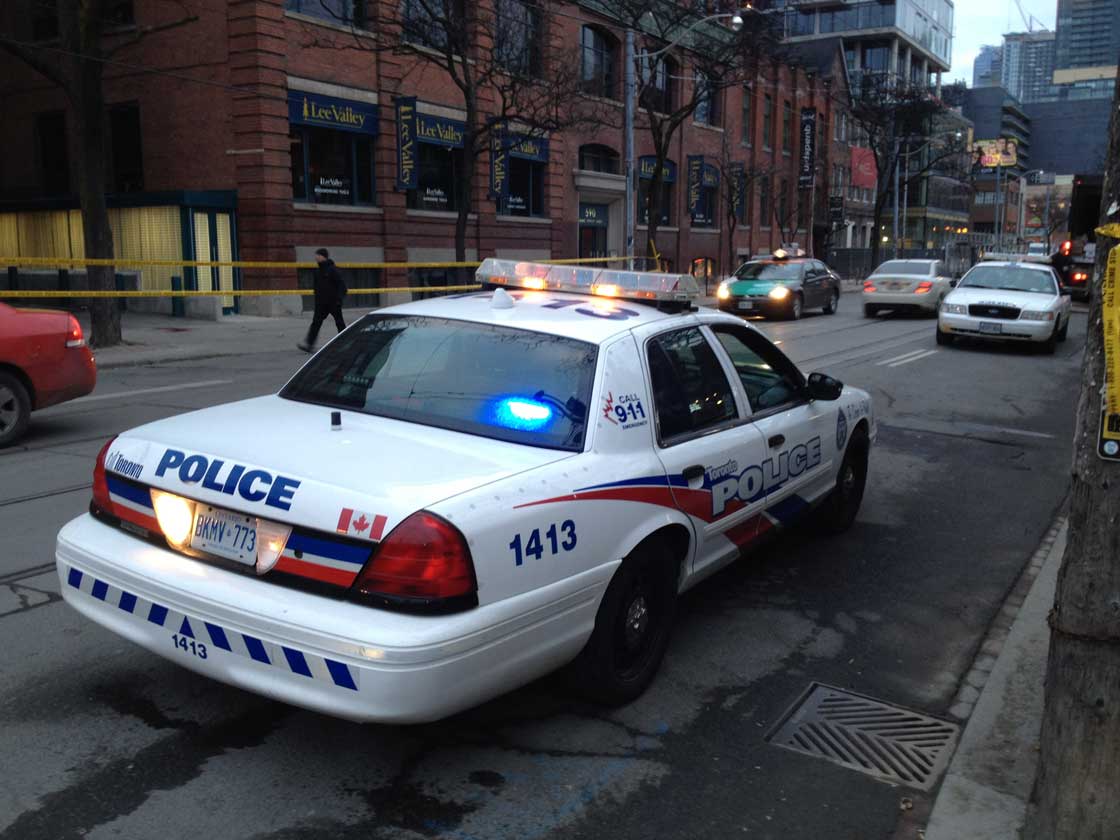RCMP officers searching the Fort McMurray apartment where Hanad Mohamed was staying before his arrest seized four cell phones and a micro SD card, newly unsealed court documents show.

Information from the search warrants indicate police pursued Mohamed, now charged in the March murder of Anthony Smith, from Toronto to Fort McMurray.
But a Toronto police affidavit indicates unrelated drug charges against Mohamed were dropped even as police were searching his phone records in connection with the murder.
The documents were unsealed Friday after multiple media organizations argued for their release. Parts remain significantly redacted, however, including an affidavit from a Toronto police officer investigating Smith’s murder.
In addition to the phones and SD card, police seized a phone charger, a phone case, a Greyhound ticket and a small quantity of marijuana (they also seized a suitcase they later returned).
There’s no indication what records or media files were on the phones or SD card, or whether there’s any connection to an alleged video, reported on by the Toronto Star and Gawker, that allegedly shows someone who looks like Mayor Rob Ford smoking what looks like crack cocaine. Global News has not verified the video’s existence.
Ford has called the allegations “ridiculous,” saying at one point, “there is no video.”
- How toy guns brandished by Ontario youth in ‘assassins game’ is prompting real fear
- B.C. Sikh leader ‘vindicated’ by arrest of Indian nationals in Nijjar killing
- Trump trial hears recording discussing hush money scheme: ‘What do we got to pay?’
- London Drugs remains closed, says it is reviewing billions of lines of data
Mohamed was arrested in Fort McMurray May 24, in an apartment later identified as his sister’s. He was wearing sweatpants and a t-shirt; he had a wallet, but no cell phone.
Days later, officers argued they needed a black iPhone they think Mohamed used to communicate with 23-year-old Nisar Hashimi. Hashimi, charged in April with first-degree murder, pleaded guilty to manslaughter in June; the plea means documents behind his arrest won’t be made public as they would in a trial.
In the days after Hashimi turned himself in April 4, Toronto police obtained his phone records, according to an affidavit from Toronto Police Detective-Constable Ryan MacIntyre. While much of the affidavit is redacted, it appears the two were linked through these phone records: The affidavit states an Alberta cell phone traced to Mohamed contacted Hashimi’s number 23 times leading up to Smith’s murder, and was in the area around the same time.
But even as Toronto Police were investigating Mohamed in connection with Smith’s murder, he had unrelated drug charges dropped: According to separate court records, a 2012 possession charge was dropped May 10. According to MacIntyre’s affidavit, a uniformed officer “stopped” Mohamed at Old City Hall courthouse that day.
Several days later, Toronto police put out a warrant for Mohamed’s arrest, only to find – from police intelligence at Pearson International Airport – that he had flown to Alberta.
The affidavit also includes references to Project Traveller, an investigation that resulted in a series of raids throughout Ontario but centering on a series of highrises in the Dixon and Kipling area of Etobicoke, near where Star reporters claim they viewed the video.
“Project Traveller is an ongoing Part VI wiretap investigation that involves several of the involved persons in this homicide investigation,” the affidavit reads. The following paragraphs are redacted, followed by, “Hashimi is believed to be the person who shot and killed Smith.”
Read: Search warrant documents for Hanad Mohamed




Comments